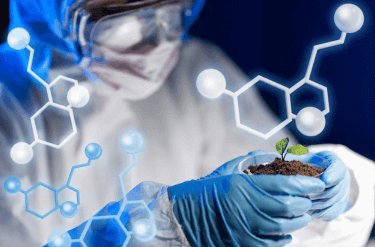Question
a.
True
b.
False
c.
May be True or False
d.
Can't say
Posted under Mass Transfer
Interact with the Community - Share Your Thoughts
Uncertain About the Answer? Seek Clarification Here.
Understand the Explanation? Include it Here.
Q. Consider a steady-state condition; the concentration at any point in the equipment never changes with time.
Similar Questions
Explore Relevant Multiple Choice Questions (MCQs)
Q. The real driving force of the mass transfer is
View solution
Q. According to Lewis and Whitman theory, the departure from concentration equilibrium at the Interphase is due to
View solution
Q. At the Interphase, the Interphase concentration of the component in both phase phases have equal chemical potential is due to differential concentration.
View solution
Q. The equilibrium concentrations in the gas and the liquid phases, in mole fraction, give rise to a curve known as
View solution
Q. In a certain process, there is a variation in the driving force between the phases, such a process is
View solution
Q. In a concurrent process, the entering and leaving stream of the liquid phase concentrations in terms mole ratio is 0.25 and 0.45 also the entering and leaving stream concentration of the gas phase in terms mole ratio is 0.4 and 0.6.
Find the slope of the operating line.
View solution
Q. Assume an ideal solution with pure component A, has a vapour pressure of 300 mmHg and the total pressure of 1atm. The concentration in terms of mole ratio is
View solution
Q. The operating line will be straight if its concentrations are represented in mole ratio.
View solution
Q. If the whole liquid and gas flow rates are same, we can use the mole fraction for getting a straight operating line.
View solution
Q. Only small equipments are required for co-current process.
View solution
Q. The driving force line between the operating line and the equilibrium line depends on
View solution
Q. Removal of ammonia from the air with water is an example of a counter-current process.
View solution
Q. For Air-Water system Lewis Number equals to
View solution
Q. A device where two insoluble phases are brought into contact is known as
View solution
Q. Ideal stages are also known as
View solution
Q. More than one stages are interconnected to form
View solution
Q. The main purpose of cascades is
View solution
Q. (Yn- Yn-1)/ (Yn*-Yn-1) is
View solution
Q. Murphree efficiency is defined as the number of equilibrium stages to the number of real stages.
View solution
Q. ______________ is defined as the number of equilibrium stages to the number of real stages.
View solution
Recommended Subjects
Are you eager to expand your knowledge beyond Mass Transfer? We've handpicked a range of related categories that you might find intriguing.
Click on the categories below to discover a wealth of MCQs and enrich your understanding of various subjects. Happy exploring!








